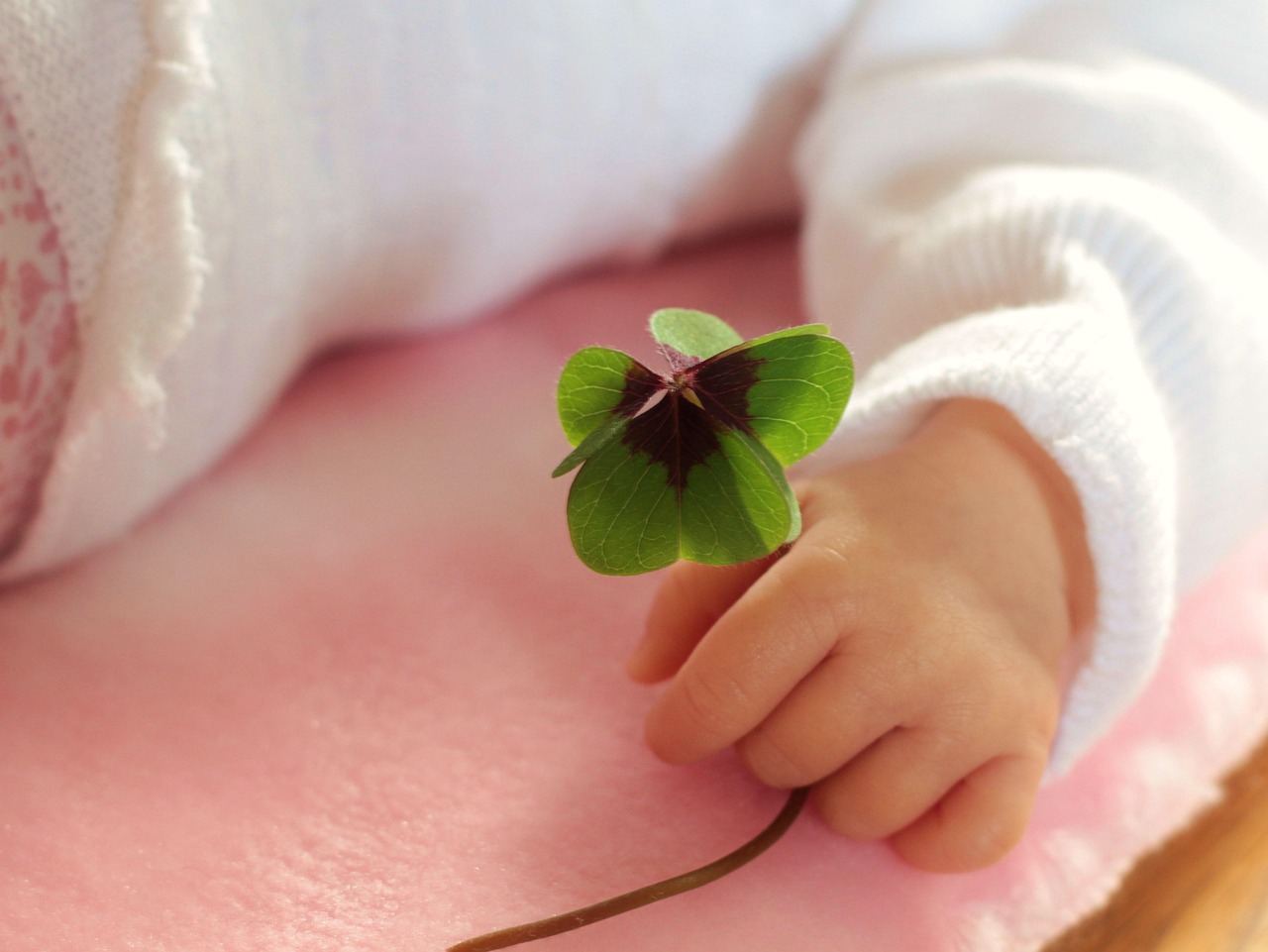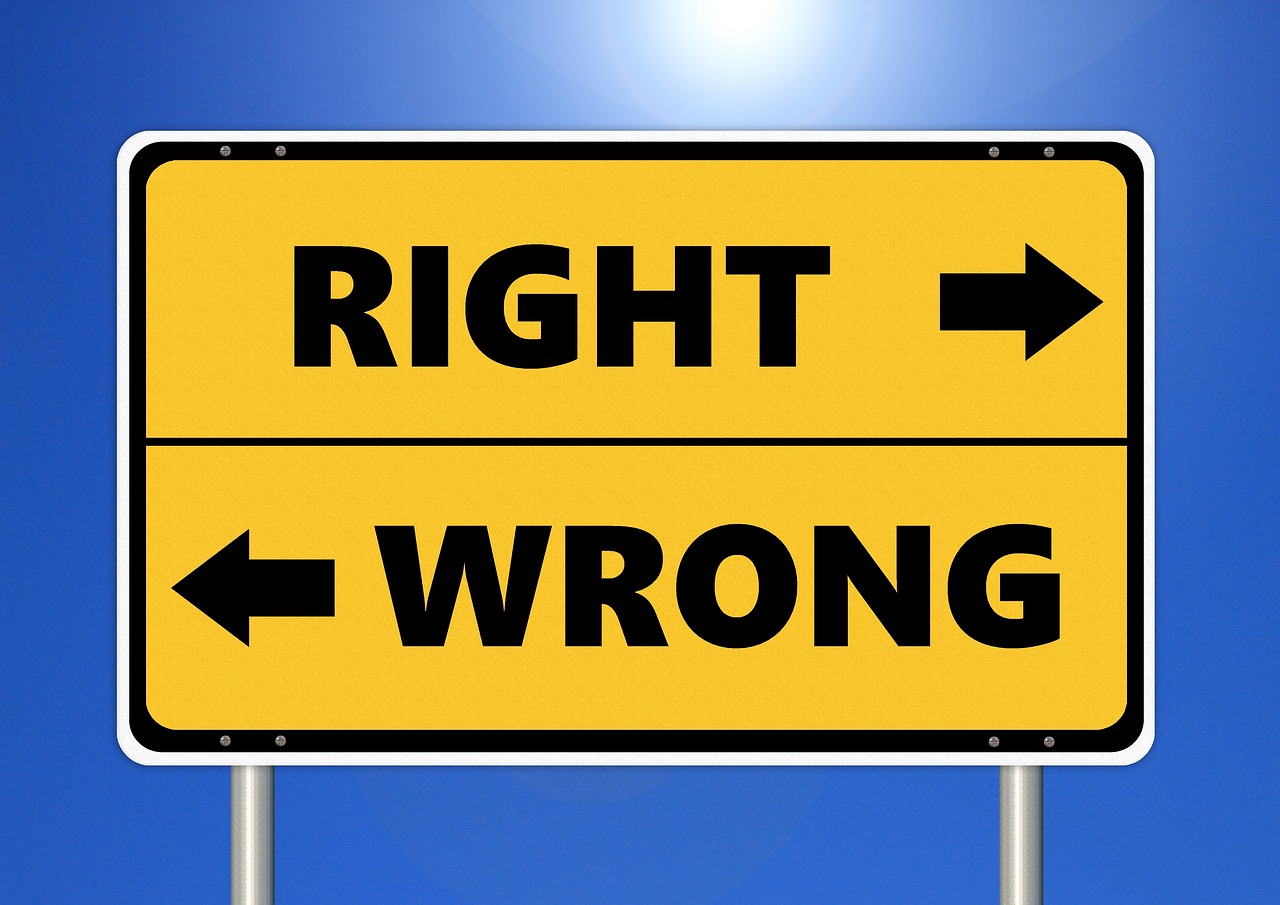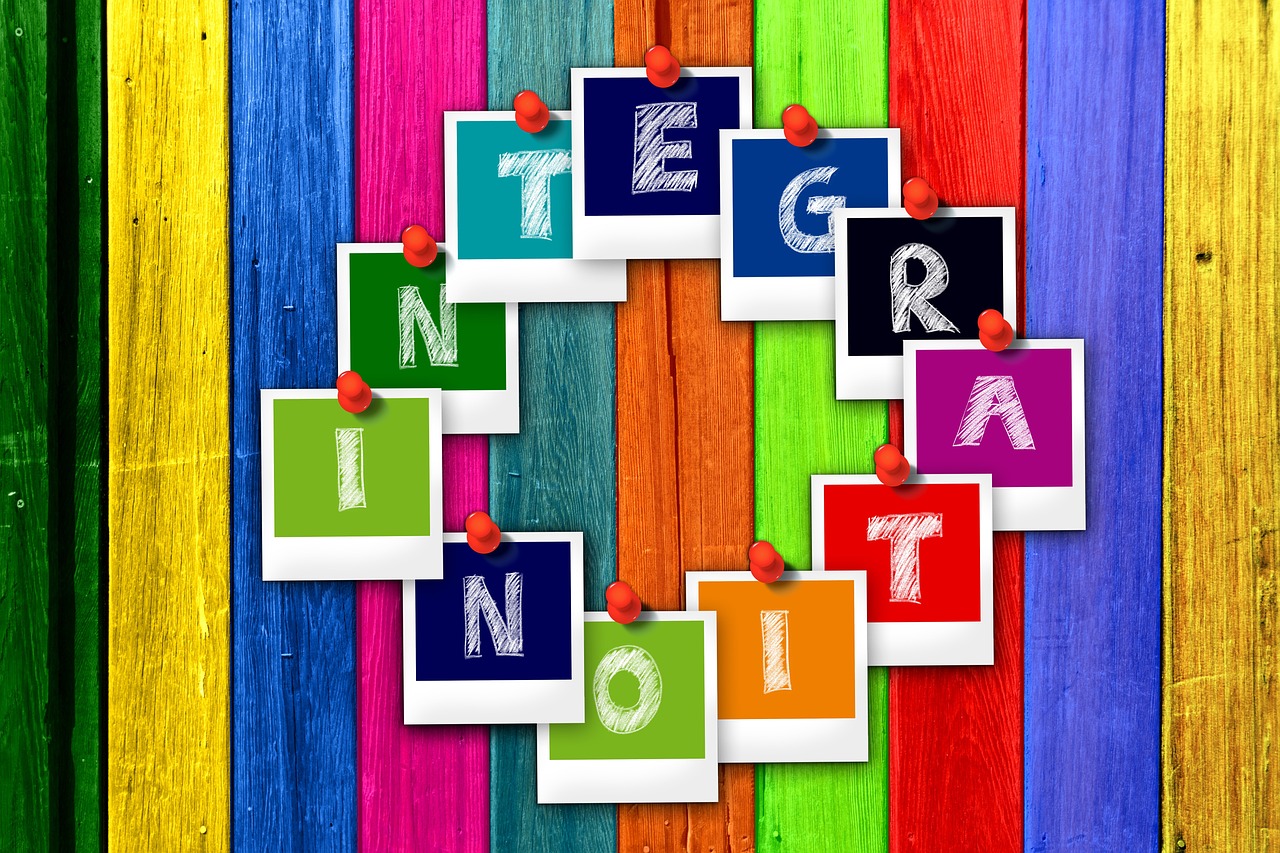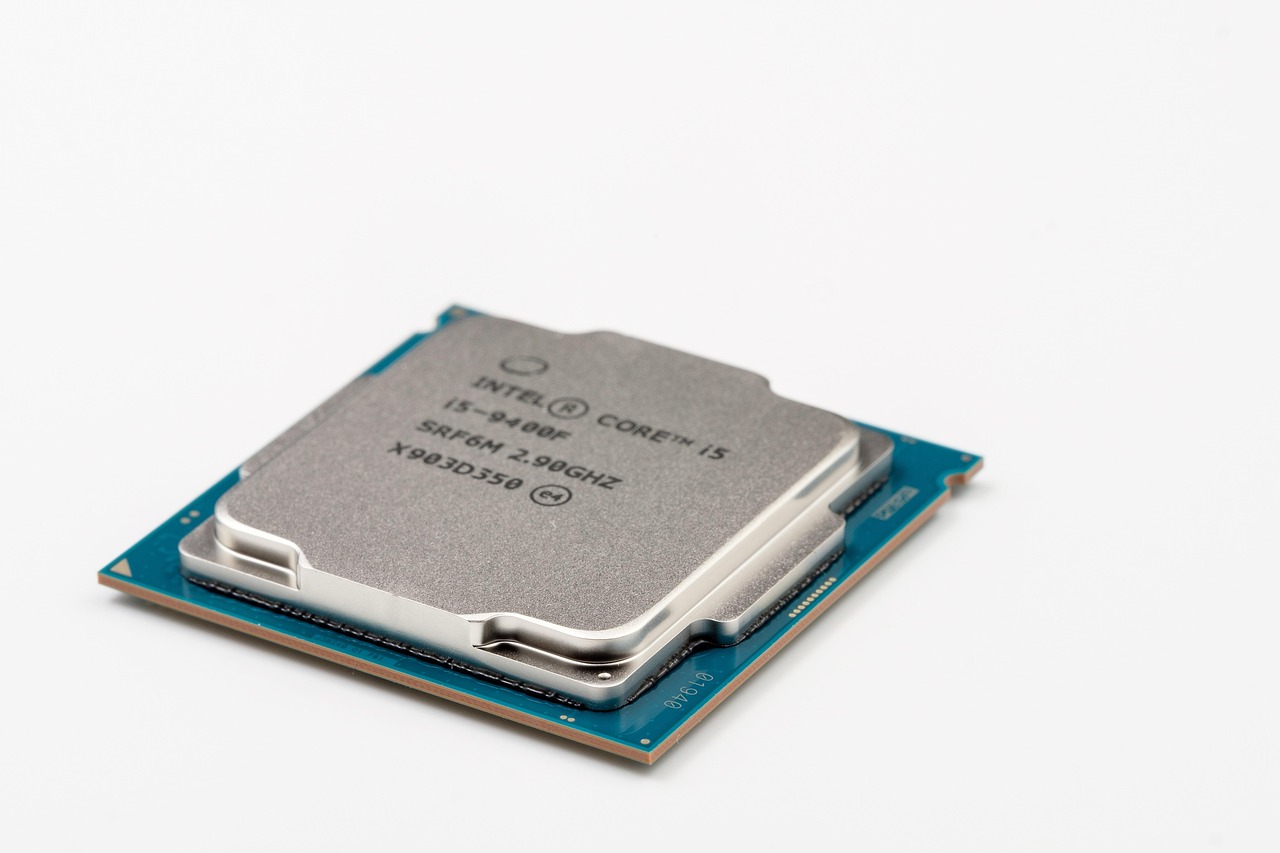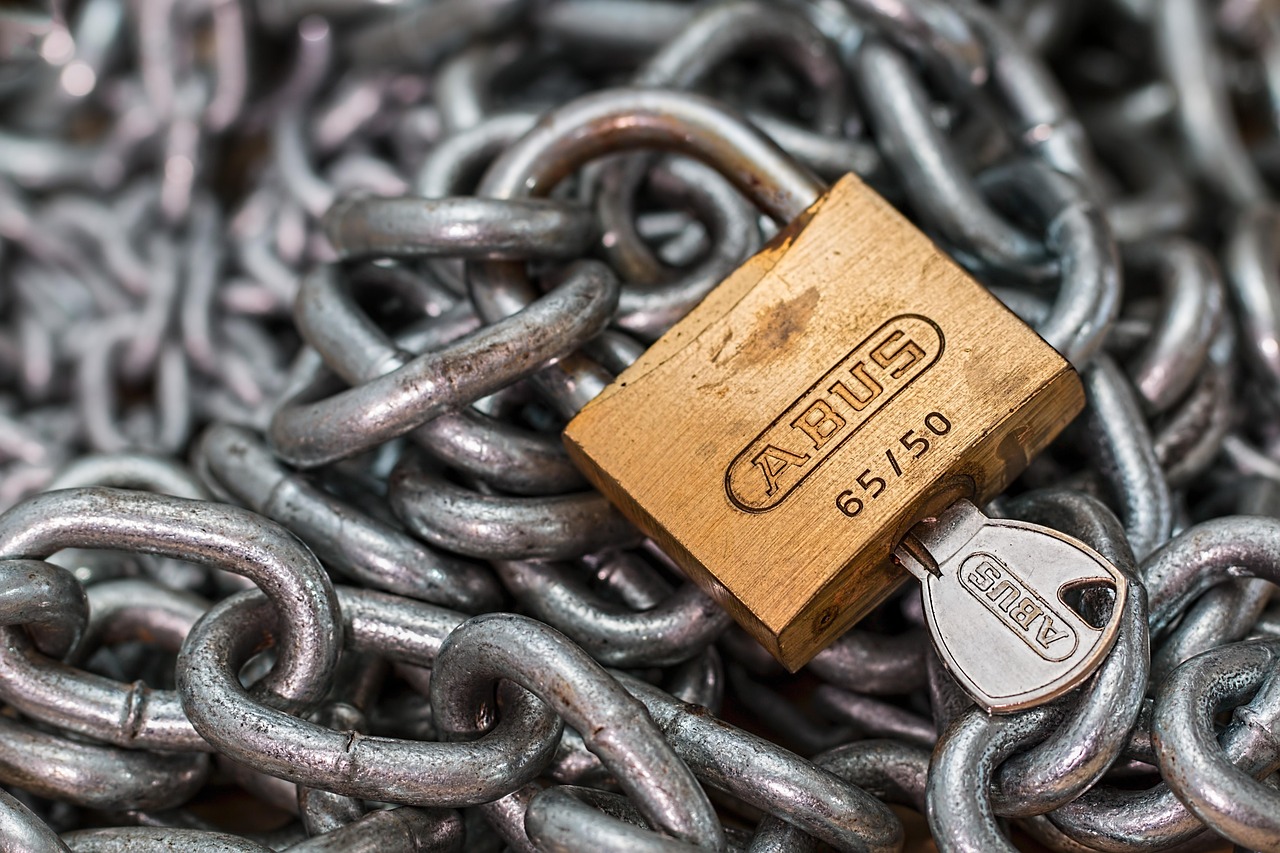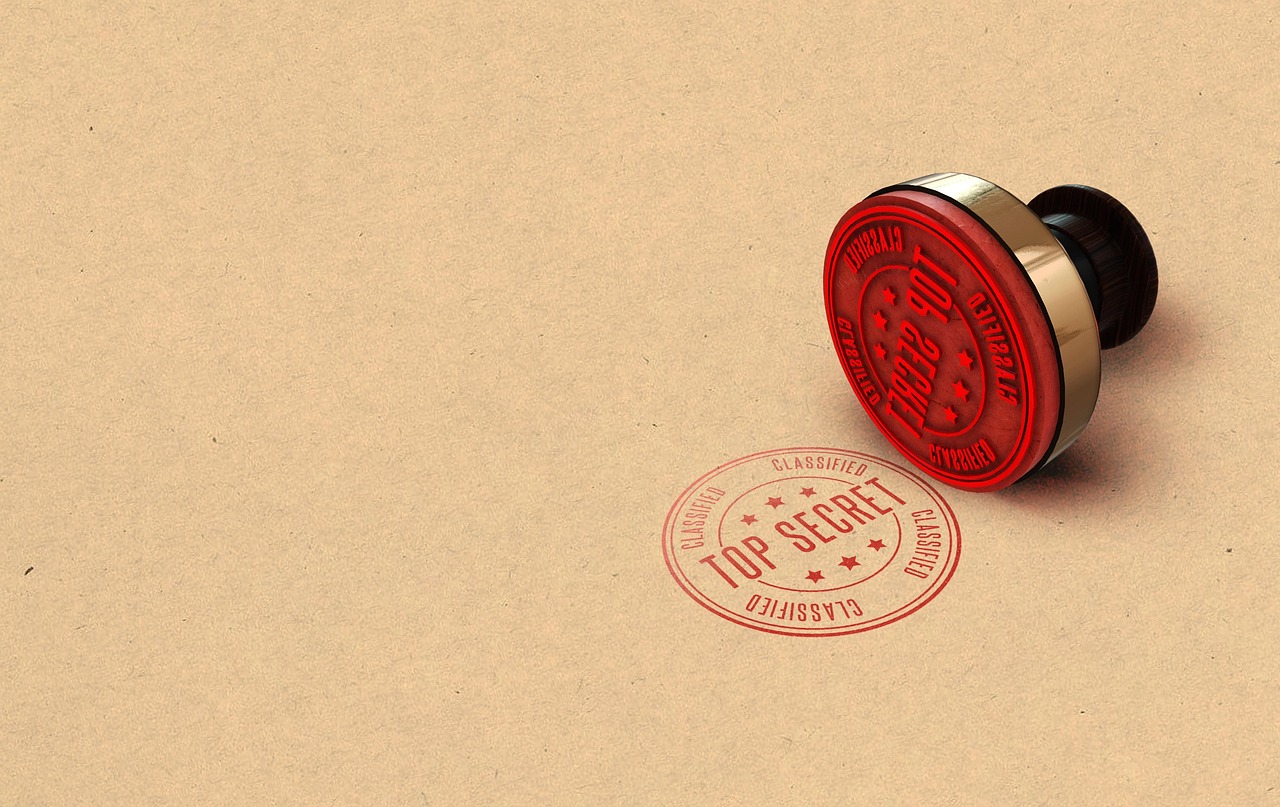NFT Poetry Battle Results: A New Era for Digital Creativity
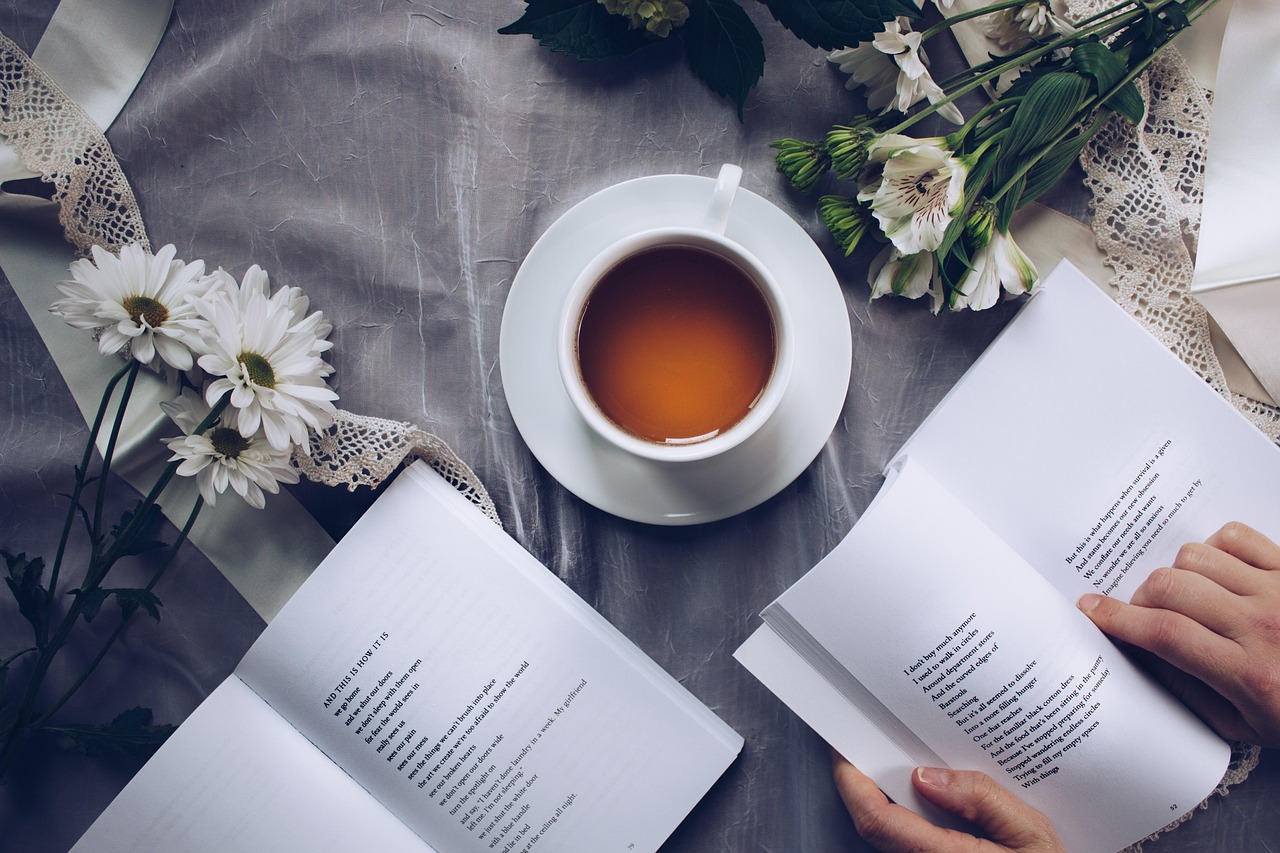
The recent NFT Poetry Battle has concluded, marking a significant milestone in the integration of blockchain technology with the literary arts. This event has brought together poets and digital artists from around the globe, showcasing how the burgeoning field of non-fungible tokens (NFTs) can redefine the creation, ownership, and distribution of poetic works. The competition highlighted both technological advancements and their implications for artistic expression.
As NFTs continue to gain traction across various sectors, their application in the literary world is particularly intriguing. Poets have long sought innovative ways to publish and monetize their work, often facing challenges related to copyright, distribution, and financial compensation. NFTs offer a unique solution by leveraging blockchain technology to authenticate and track ownership of digital content. In the case of poetry, this means that each piece can be tokenized as a unique digital asset, providing new opportunities for poets and collectors alike.
The NFT Poetry Battle was structured to encourage a diverse range of entries, with participants submitting their original works as tokenized assets on the blockchain. A panel of judges, comprised of prominent figures in both the literary and tech communities, evaluated the submissions based on creativity, originality, and technical execution. The results have been widely discussed, as they highlight the innovative ways in which poetry and technology can intersect.
Key Takeaways from the NFT Poetry Battle
- Winner Announced: The competition’s top honor was awarded to a piece titled “Digital Echoes” by renowned poet Alex Thomason. The poem was praised for its compelling narrative and seamless integration with its digital format. The NFT of “Digital Echoes” was sold for 15 ETH, underscoring the value that collectors place on unique, digital literary works.
- Diverse Participation: The event attracted over 500 submissions from 30 countries, reflecting a global interest in the fusion of poetry and digital art. This diversity enriched the competition, providing a platform for voices from various cultural and linguistic backgrounds.
- Technological Advancements: Several poets experimented with multimedia elements, incorporating audio, visual, and interactive components into their NFTs. These innovations suggest a growing trend towards more immersive and dynamic literary experiences.
- Implications for Copyright and Ownership: The competition highlighted ongoing discussions about copyright in the digital age. By tokenizing their works, poets can assert ownership and receive royalties from secondary sales, ensuring that creators are compensated fairly over time.
Global Context and Future Prospects
The NFT Poetry Battle has sparked conversations about the broader implications of blockchain technology in the arts. As NFTs become more mainstream, they offer a promising avenue for artists to gain recognition and financial reward in a digital-first world. For poets, in particular, this shift could lead to a renaissance of creativity, as traditional barriers to entry are dismantled.
Moreover, the success of this event may inspire other literary competitions to embrace NFTs, potentially leading to the establishment of digital literary marketplaces. Such platforms could facilitate the buying and selling of tokenized poetry, further integrating blockchain technology into the cultural landscape.
However, challenges remain. The environmental impact of blockchain technology is a concern, with critics pointing to the high energy consumption associated with minting NFTs. As the technology evolves, finding sustainable solutions will be crucial to its long-term viability.
In conclusion, the NFT Poetry Battle serves as a testament to the transformative potential of blockchain technology in the arts. By bridging the gap between traditional literary forms and cutting-edge digital innovation, NFTs are poised to reshape the future of poetry and beyond.



